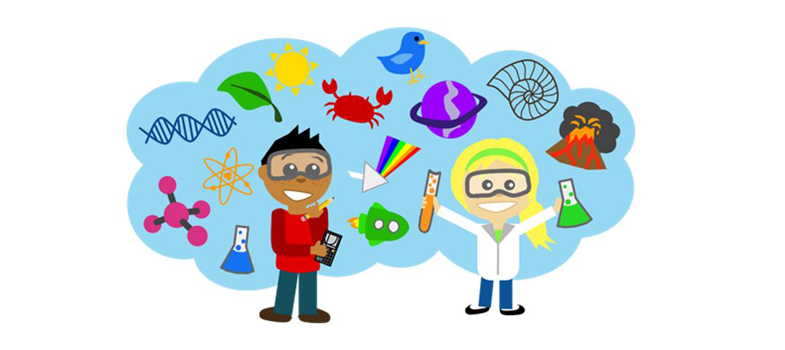3.3 What can be done about it?
One way to improve engagement and participation of female pupils in STEM subjects and careers would be to build STEM capital among girls.
The Kings College research suggests that STEM Capital is not fixed and that educators can support the growth of STEM Capital in their students through interventions that address the above dimensions. They note that the dimensions are contextual and comprise of a pupil’s life experience. As a result school based interventions require a reflective approach that recognises a pupil’s context and values experience. However, because STEM capital is shaped by personal context, the role of the school as an institution is also important and the Kings College Researchers argue that institutional, policies structures and practices may need to change learning contexts to support the growth of STEM capital. A one off activity or intervention in a classroom isn’t enough to remove the barriers to STEM for female pupils.
Activity 4
How is your school tackling these issues currently? Make a note of the policy and practice in your learning log that you feel is consistent with the STEM capital approach. You’ll be able to compare notes with colleagues in the group discussion.
Previous work and research on science, schools and STEM education has come to similar conclusions. Indeed, many prior recommendations, such as teaching STEM subjects as critical thinking, emphasising the broader educational and employment value of STEM subjects, and highlighting the cultural and historical achievements of science, map well onto the first four dimensions of STEM capital:
- Scientific Literacy
- Science-related attitudes, values and dispositions
- Knowledge about the transferability of science
- Science media consumption
These first four dimensions also seem like the ones where teachers and schools can have the most impact and potentially improve their pupils’ STEM capital through classroom based activity. These four dimensions also contain two of the three dimensions identified as having the most influence on anticipated future participation and identity in science compared to the others (science literacy, knowledge about the transferability and utility of science, along with family science skills and influences) (Archer et al. 2015)
It’s also worth considering how we build STEM capital in teachers as well. Improving STEM capital in teachers will increase engagement and confidence in the science content for teachers themselves, which should improve the quality and effectiveness of interactions with pupils.
3.2 Dimensions of STEM Capital
